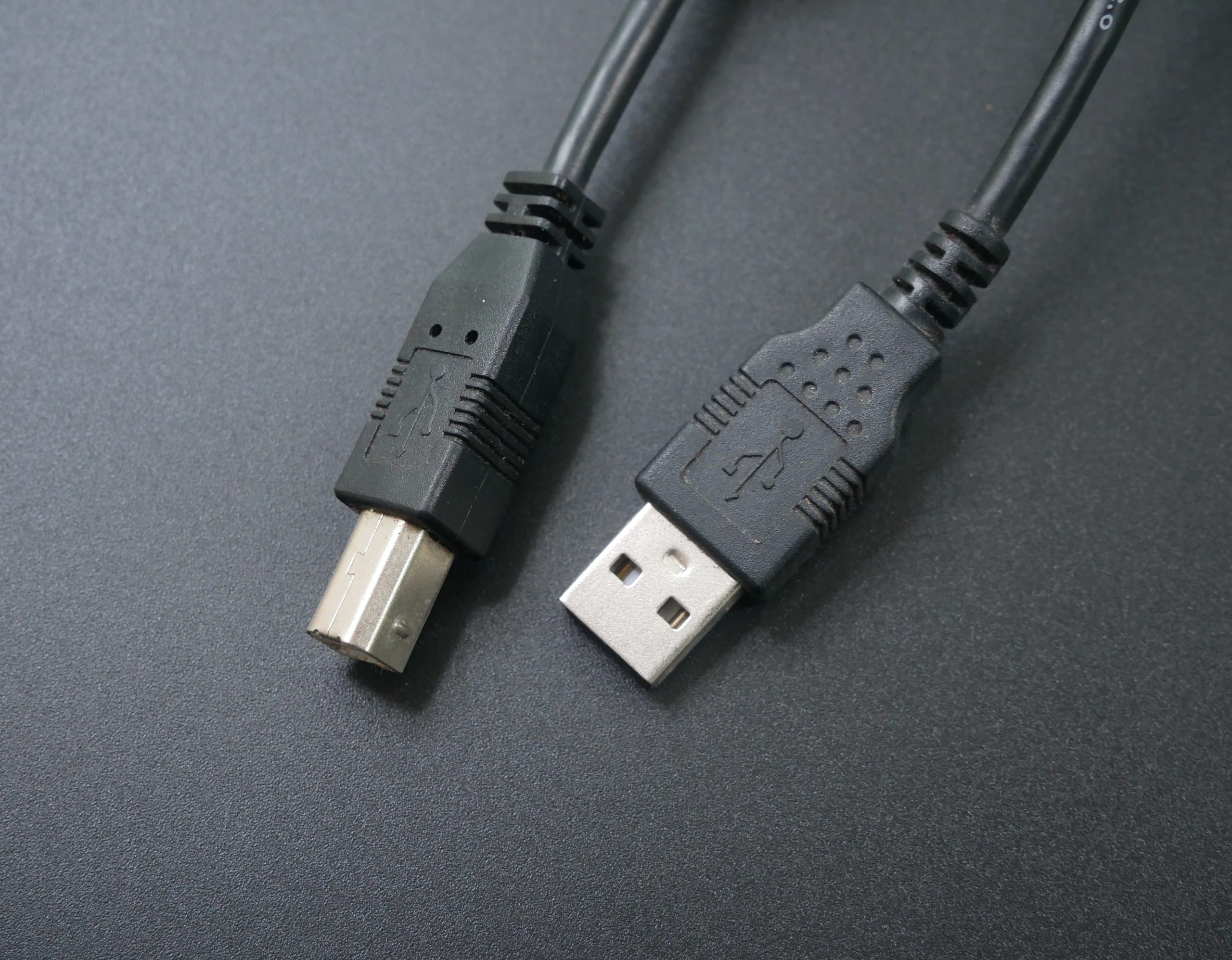- What is a USB?
- History of USB
- What is the difference between a USB port and a cable?
- Common types of USB cables
- Not all USB cables are equal
- Different types of plastic
- Some recommendations
- j5create JLC15 USB-C to Lightning
- j5create JTCX02 3.3’ Thunderbolt 3 cable
- j5create JUC500 Wormhole Switch
- Interested in learning more about j5Create products?
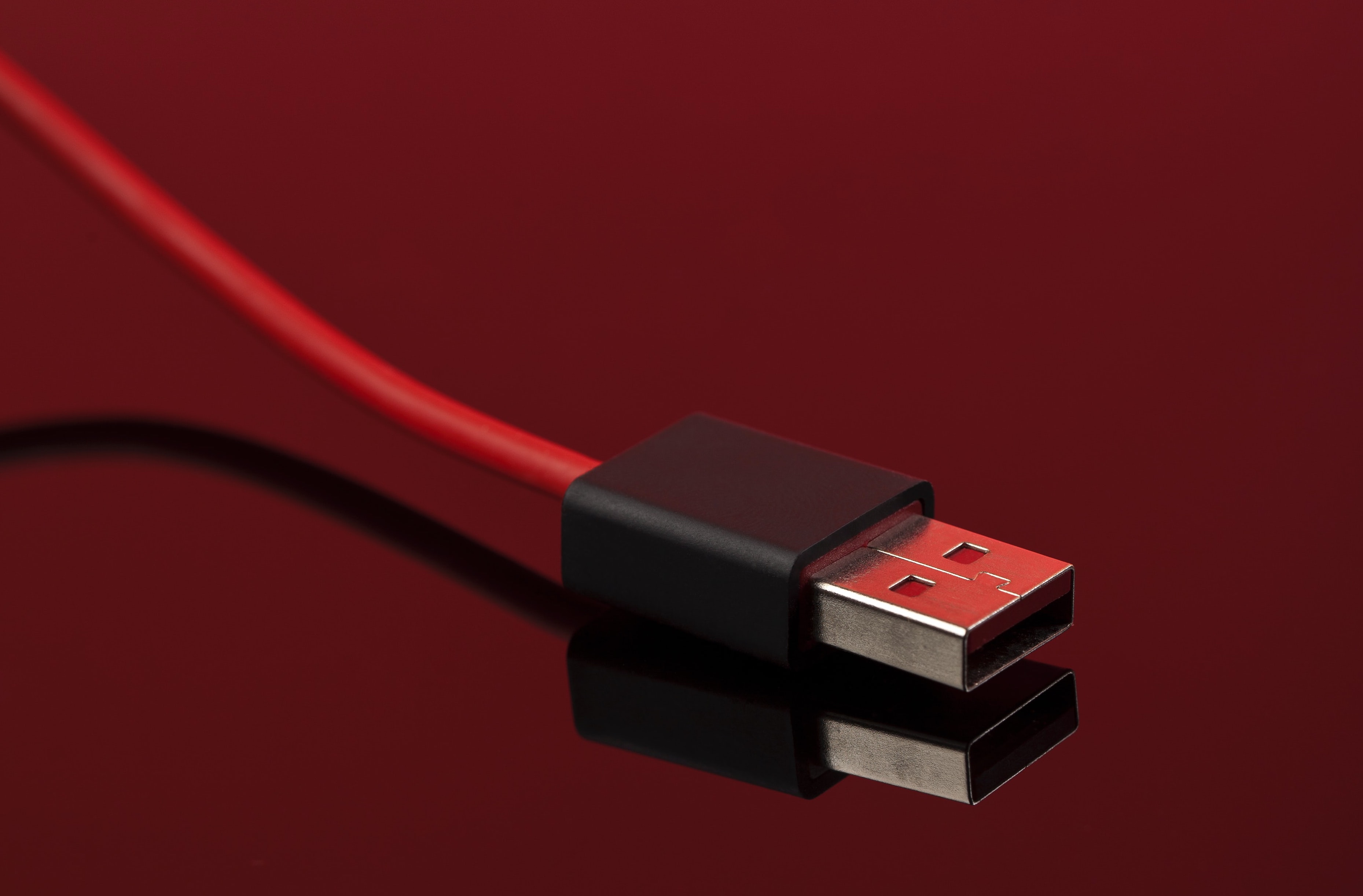
What is a USB?
Universal Serial Bus is a standard for cables, connectors, and protocols that allow communication between the host device (usually a computer) and a peripheral. It is also in charge of power delivery to that device. The organization behind the standard is called the USB-IF, short for USB Implementers Forum.
History of USB
The journey for the Universal Serial Bus (USB) standard has been a long and confusing one. But believe it or not, there once was a time when this wasn’t the case. When USB version 1.0 was announced in 1996 to act as a plug & play method to communicate with computer peripherals, companies like Compaq, Intel, and Microsoft were quick to adopt it. It soon became the de facto way adopted by any device that wanted to communicate with a computer, outside of Bluetooth peripherals, which wouldn’t arrive until much later.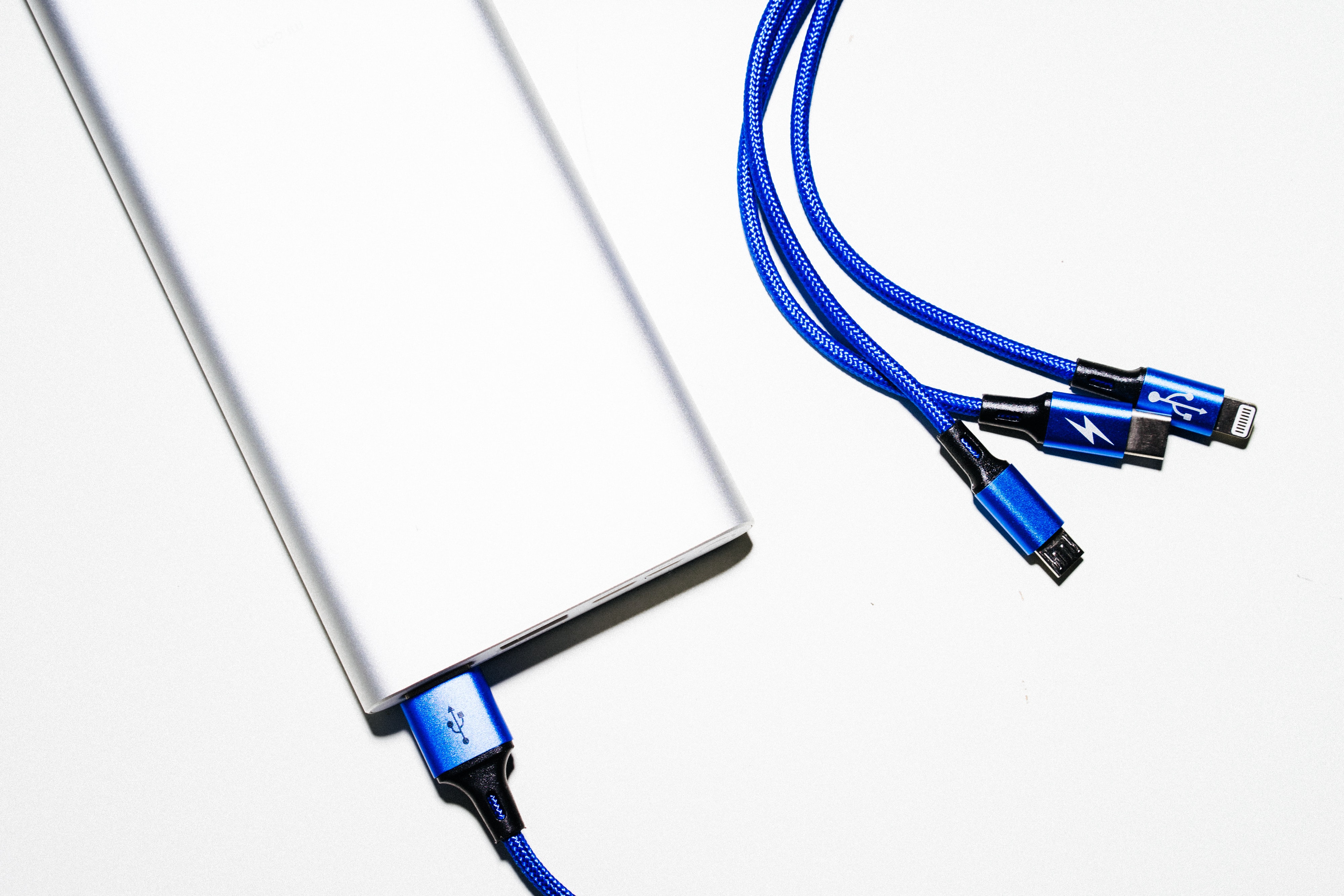
What is the difference between a USB port and a cable?
USB, just like SATA 3, PCI-Express, DisplayPort, etc., is a means of communication between the host device (computer) and another device. In this case, instead of the device being a hard drive or SSD (SATA 3), a graphics card (PCI-Express), a high refresh-rate display (DisplayPort), it is peripherals, interfaces, and data transfer devices. These objects are connected using a USB cable or connector to a USB port that is offered by the main device.
Anything from a mouse or a keyboard, to an audio interface or a high-end thumb drive with blazing speeds, communicates with the computer through this universal standard; whether it be through direct contact such as in a thumb drive, or through different types of USB cables.
Common types of USB cables
USB Type-A Nowadays, USB Type-A isn’t the USB cable type of choice as even phone charging cables are moving towards the newer USB-C standard on both ends. But if you have a phone that is from, say, 2018 or older, one end of your cable is definitely a USB-A connector: the bulky, non-reversible, rectangular USB connector type that is still widely used on many host devices such as PCs, laptops, gaming consoles, and TVs.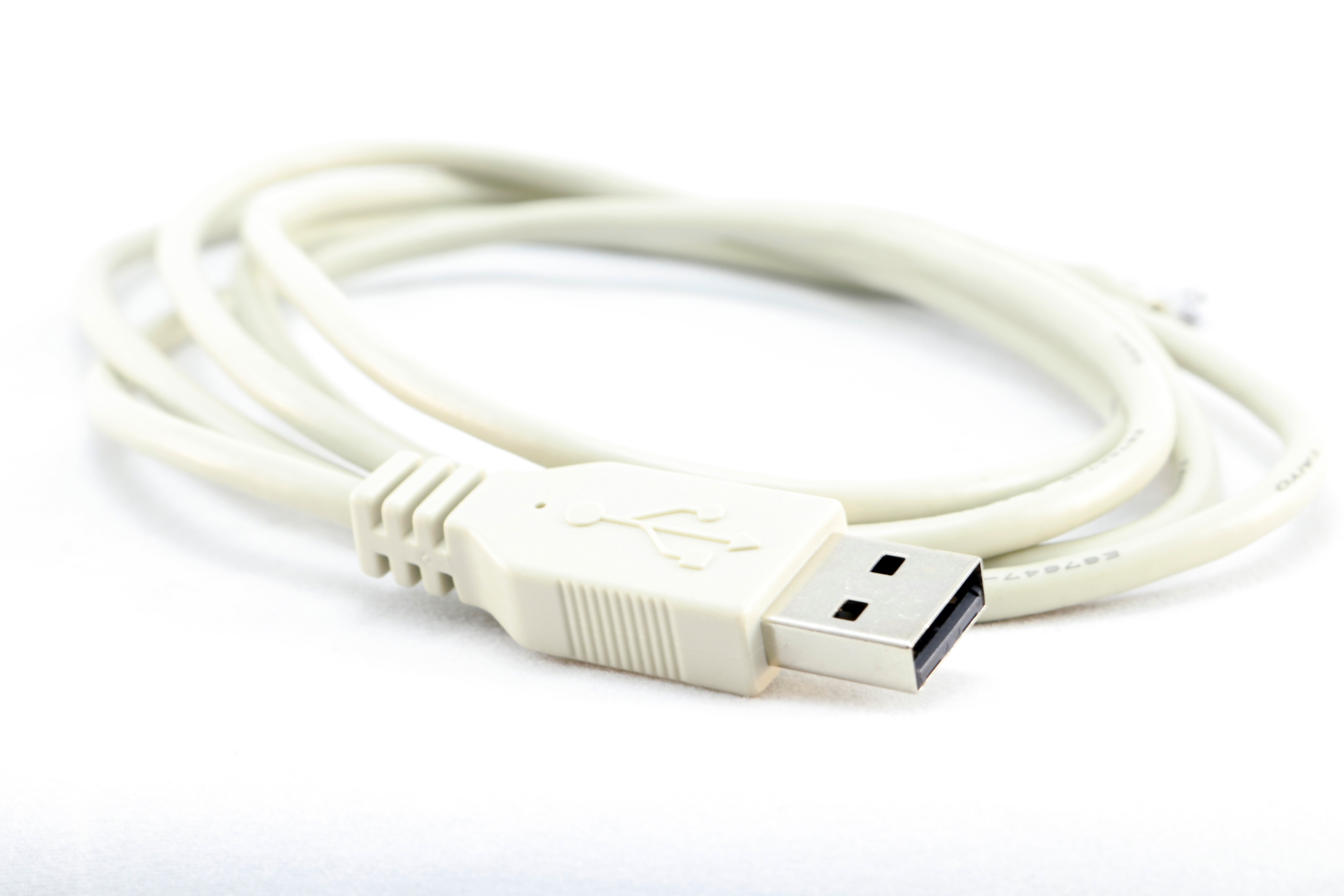 How this standard has managed to live this long, though, is complicated. Part of the reason why micro-USB stuck around for as long as it did was that it was way cheaper to make than USB-C. USB-A has a similar story, especially in the case of lower-tier USB 2.0 ports that are implemented in lower-end, simple computers that don’t benefit from the extra speeds or the reversibility of USB-C.
In such cases, especially in industries, the operators and the businesses do not benefit from implementing a newer standard unless there’s a clear incentive that is worth any extra costs or potential compatibility problems. Until very recently, manufactures simply did not have enough incentive to switch from USB-A to different USB connector types or ports. There can be other reasons involved in the longevity of the USB-A standard, such as how it is less likely to break (even if it is more likely to bend) than newer standards.
Still, it is a standard that is not going away anytime soon, despite the push for consumer-grade devices to use it less and less. If the RS-232 port can survive for more than 60 years, you better believe that the original USB connector will stick around for the foreseeable future.
USB Type-B
Time has been less kind to this standard. The only devices you may find nowadays that still use this standard are printers and the odd monitor to provide extra USB-A ports. The benefits of the original USB-B connector aren’t that significant, except that the connector seems to be a bit sturdier, and the orientation is less confusing.
How this standard has managed to live this long, though, is complicated. Part of the reason why micro-USB stuck around for as long as it did was that it was way cheaper to make than USB-C. USB-A has a similar story, especially in the case of lower-tier USB 2.0 ports that are implemented in lower-end, simple computers that don’t benefit from the extra speeds or the reversibility of USB-C.
In such cases, especially in industries, the operators and the businesses do not benefit from implementing a newer standard unless there’s a clear incentive that is worth any extra costs or potential compatibility problems. Until very recently, manufactures simply did not have enough incentive to switch from USB-A to different USB connector types or ports. There can be other reasons involved in the longevity of the USB-A standard, such as how it is less likely to break (even if it is more likely to bend) than newer standards.
Still, it is a standard that is not going away anytime soon, despite the push for consumer-grade devices to use it less and less. If the RS-232 port can survive for more than 60 years, you better believe that the original USB connector will stick around for the foreseeable future.
USB Type-B
Time has been less kind to this standard. The only devices you may find nowadays that still use this standard are printers and the odd monitor to provide extra USB-A ports. The benefits of the original USB-B connector aren’t that significant, except that the connector seems to be a bit sturdier, and the orientation is less confusing.
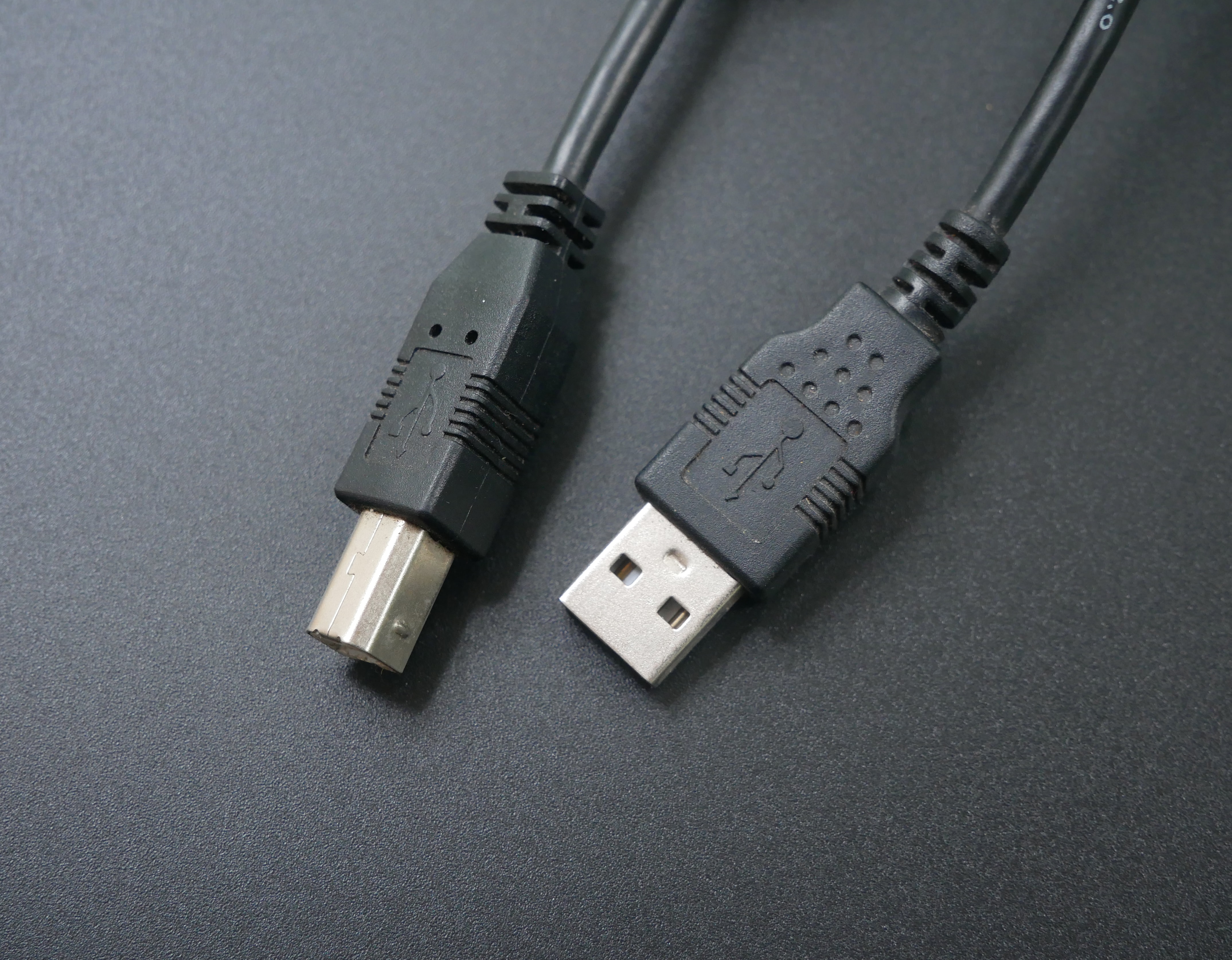 The real difference came in the form of mini-B and micro-B connectors, also known as mini-USB and micro-USB. Both USB connector types are designed to fit the universal standard in thinner, smaller devices. The difference between these two connectors is mostly in size, as even the mini-USB was not small enough for the trend of thinner and thinner smartphones. The mini-USB, which was used as phones’ charging ports, started to be used more sparingly, left only in some older camera models and some cheaper speakers. The micro-USB took its place and became much more widely used right until the popularization of the USB-C.
USB Type-C
This is the biggest shake-up that the USB standard has seen. USB-C might end up being the sole type of USB cable, connector, and port used by all devices.
The obvious visual difference between USB-C and the smaller micro-USB is that USB-C is reversible. This was major, especially for Android users who had always had an eye on the lightning port’s reversibility. With the introduction of the USB-C, Android users finally had a reversible port that, while not smaller than micro-USB, was more durable. Micro-USB had been a flimsy port with a locking mechanism prone to breakage. While there sure are differences between levels of quality among USB-C cables, this USB connector type tends to be much more durable than that of micro-USB.
But that is where USB Type-C’s other benefits start becoming a bit vague. While even USB-A has the potential to support USB 3.2 Gen1, it rarely happens in laptops, and the higher standards are reserved mostly for USB-C ports. This can be problematic for the standard and can make purchasing decisions for the average user a bit difficult when trying to determine whether a USB-C cable is Thunderbolt certified, or just a low-speed transfer USB-C cable type. USB-C might be too universal for its own good, leaving many manufacturers to make low-quality cables but hide under the perceived more advanced nature of USB-C, when in reality, USB-C is just a form factor and not a way to assess the transfer speed of a cable.
The real difference came in the form of mini-B and micro-B connectors, also known as mini-USB and micro-USB. Both USB connector types are designed to fit the universal standard in thinner, smaller devices. The difference between these two connectors is mostly in size, as even the mini-USB was not small enough for the trend of thinner and thinner smartphones. The mini-USB, which was used as phones’ charging ports, started to be used more sparingly, left only in some older camera models and some cheaper speakers. The micro-USB took its place and became much more widely used right until the popularization of the USB-C.
USB Type-C
This is the biggest shake-up that the USB standard has seen. USB-C might end up being the sole type of USB cable, connector, and port used by all devices.
The obvious visual difference between USB-C and the smaller micro-USB is that USB-C is reversible. This was major, especially for Android users who had always had an eye on the lightning port’s reversibility. With the introduction of the USB-C, Android users finally had a reversible port that, while not smaller than micro-USB, was more durable. Micro-USB had been a flimsy port with a locking mechanism prone to breakage. While there sure are differences between levels of quality among USB-C cables, this USB connector type tends to be much more durable than that of micro-USB.
But that is where USB Type-C’s other benefits start becoming a bit vague. While even USB-A has the potential to support USB 3.2 Gen1, it rarely happens in laptops, and the higher standards are reserved mostly for USB-C ports. This can be problematic for the standard and can make purchasing decisions for the average user a bit difficult when trying to determine whether a USB-C cable is Thunderbolt certified, or just a low-speed transfer USB-C cable type. USB-C might be too universal for its own good, leaving many manufacturers to make low-quality cables but hide under the perceived more advanced nature of USB-C, when in reality, USB-C is just a form factor and not a way to assess the transfer speed of a cable.
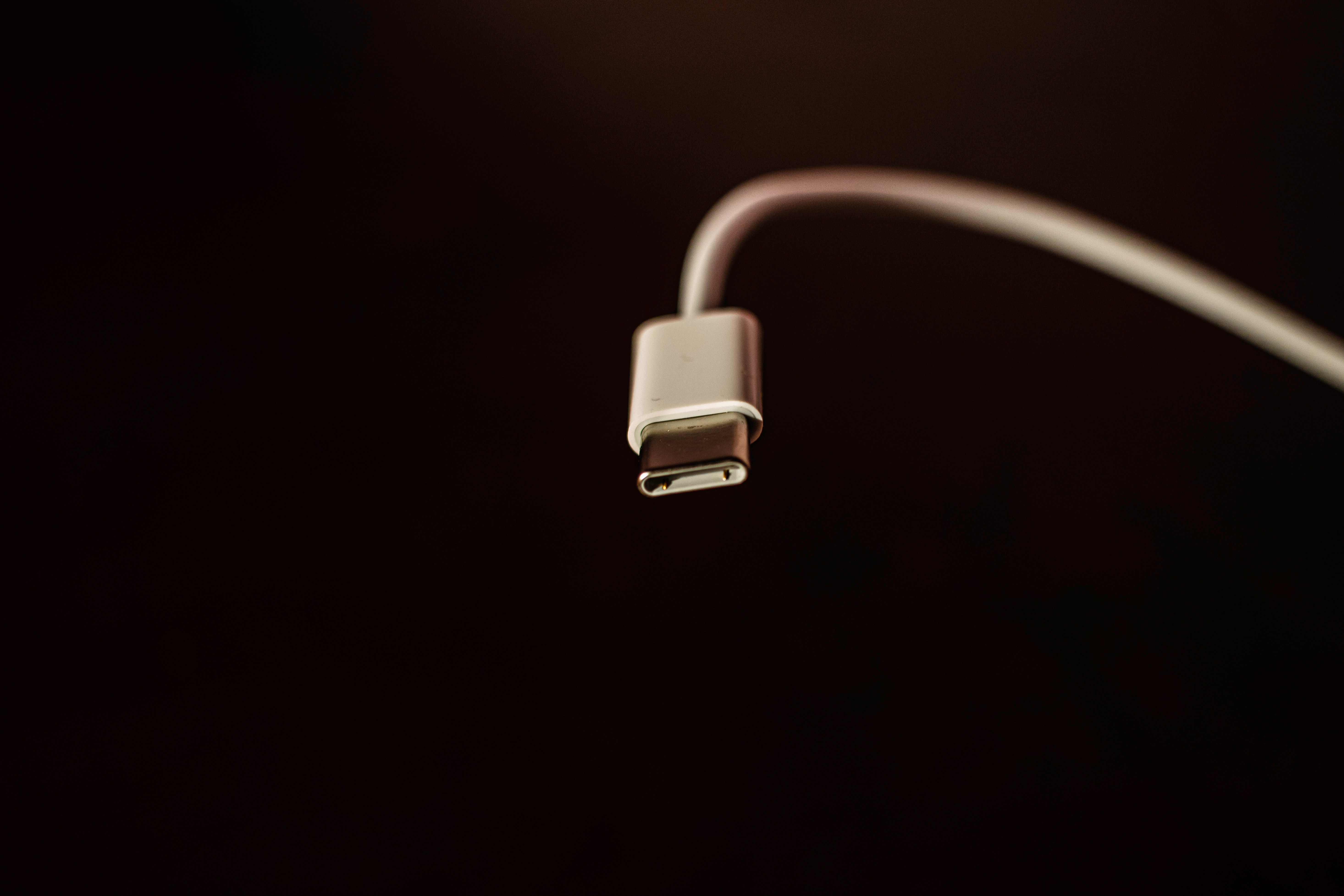 Regardless of the issues that only transparency can fix, USB-C is the future. It will only become more prominently used in all device types. PD charging standards have already allowed us to use USB-C cables to charge our power-hungry laptops. With a few more years into the standard and some improvements, it isn’t farfetched at all to assume that one end of all power bricks, whether they are for monitors, TVs, speakers, cameras or any other electronic device, will be a USB-C connector.
Thunderbolt
This one is not so much a USB port/connector as it is a standard that can be implemented in USB ports/connectors. Regardless, you will only see the Thunderbolt 3 and Thunderbolt 4 standards in USB-C form. They are essentially a guarantee that the USB-C port/cable is of the highest quality and can provide maximum transfer speeds of up to 40Gb/s and carry 4K video to a monitor with a decent 15W of maximum power passthrough.
Thunderbolt was popularized with Apple’s Mac lineups when they adopted the Thunderbolt 2 for display connections, which was a non-reversible port but it was sturdy and quick, especially for the time. Intel, the owner of the Thunderbolt standard, built up on the standard with Thunderbolt 3 being introduced in 2015 with many more brands adopting it in their laptops. Now, it has become a staple standard used in higher-end laptops, and the recognizable Thunderbolt icon next to a USB port is the stamp of approval you need to ensure that you are getting the best possible standard that can be implemented in a USB port or cable.
Regardless of the issues that only transparency can fix, USB-C is the future. It will only become more prominently used in all device types. PD charging standards have already allowed us to use USB-C cables to charge our power-hungry laptops. With a few more years into the standard and some improvements, it isn’t farfetched at all to assume that one end of all power bricks, whether they are for monitors, TVs, speakers, cameras or any other electronic device, will be a USB-C connector.
Thunderbolt
This one is not so much a USB port/connector as it is a standard that can be implemented in USB ports/connectors. Regardless, you will only see the Thunderbolt 3 and Thunderbolt 4 standards in USB-C form. They are essentially a guarantee that the USB-C port/cable is of the highest quality and can provide maximum transfer speeds of up to 40Gb/s and carry 4K video to a monitor with a decent 15W of maximum power passthrough.
Thunderbolt was popularized with Apple’s Mac lineups when they adopted the Thunderbolt 2 for display connections, which was a non-reversible port but it was sturdy and quick, especially for the time. Intel, the owner of the Thunderbolt standard, built up on the standard with Thunderbolt 3 being introduced in 2015 with many more brands adopting it in their laptops. Now, it has become a staple standard used in higher-end laptops, and the recognizable Thunderbolt icon next to a USB port is the stamp of approval you need to ensure that you are getting the best possible standard that can be implemented in a USB port or cable.
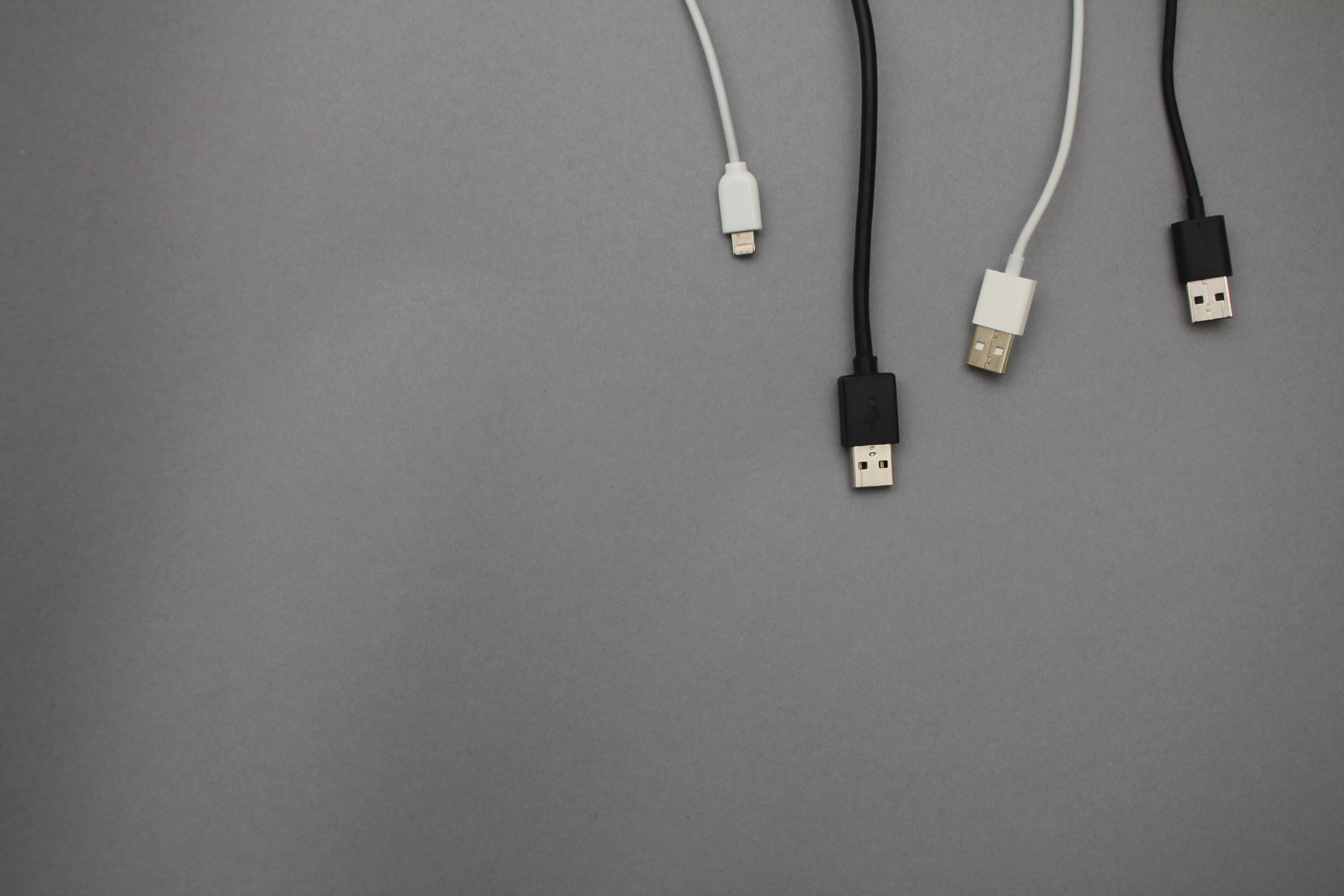
Not all USB cables are equal
Different types of metals in wires and connectors You will typically find silver and copper inside the cable making up the wire. This is, in fact, true for many electronic devices and their cables since silver and copper are highly conductive materials. In rare instances, you will even find fiber optics inside the cables that aren’t exactly conductive, rather they beam the data from one end of the cable to the other. However, in regular USB cables, you will also find a material coating the inside of the cable to prevent the electromagnetic waves caused by the operation of the cable. The bead that covers the insides is a ferrite bead to contain the high-frequency interferences emitted. The wires are then connected to the connectors at each end. The outer shells are typically made of steel with a plating of nickel and the contact points are made up of copper alloy. The biggest difference between different types of USB cables of the same standard is the durability of the USB connector type and the cable, directly correlating to the material used in USB cables for both the connector and the cable as well as the engineering behind it. You will notice good engineering when after two years, the frailest part of the cable––where the cable attaches to the connector––is still intact and isn’t frayed. The weight of a connector is also sometimes a decent indicator of its quality. While you can’t say lighter connectors are lower quality, you might be able to say that if you see a connector with a metal shell that feels lighter than it should be, as there’s probably a large empty space inside the housing which is often a result of poor engineering and deceptive marketing.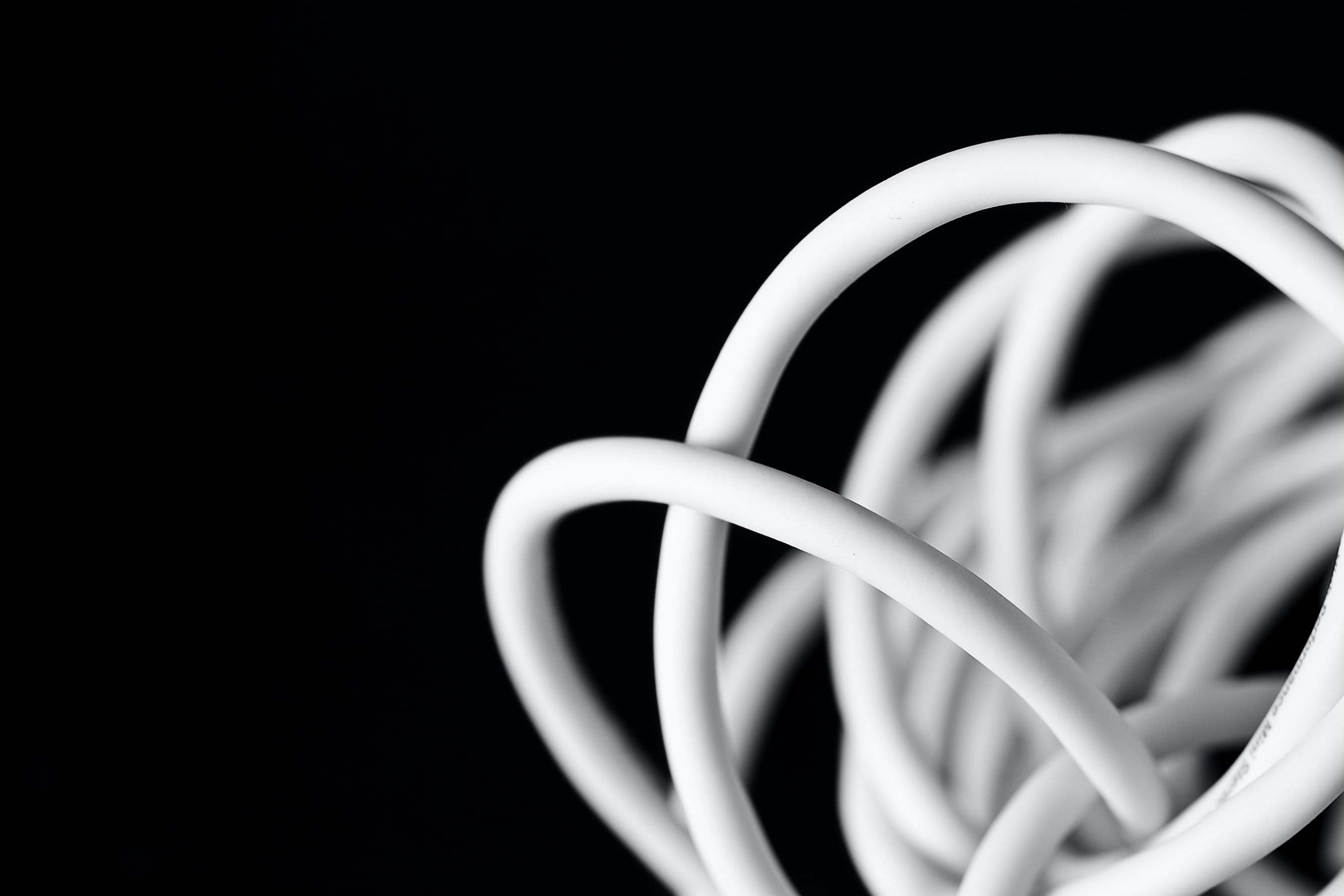
Different types of plastic
The standard of the USB cable type and its transfer rate is one thing, how that cable is made on the outside, is another. Both affect the USB performance in terms of transfer speeds and power passthrough. The primary concern with cable durability is that the inside of the cable needs to be protected. That could mean nice, braided nylon or PET braided cable with decent thickness to prevent damage on any point on the cable, or it could mean reinforcing the connection point of the cable to the cable head, as this is where the tension is the highest.
PVC is a common material used in USB cables. It is reasonably weather resistant, reasonably strong, and non-flammable. But fewer and fewer manufacturers are using it as it is bested by TPE. TPE is still a plastic material, but it has better elasticity and strength compared to PVC. It is also more environmentally friendly as it is recyclable and can be turned into another cable. TPE is the material of choice for the cables for most phone manufacturers.
If durability is even more important to you, nylon has you covered the best. A woven-nylon coating on a cable ensures maximum tension resistance. Nylon cables are generally stronger, thicker, and not very easily damaged. They are regarded by most people as the most durable material in a USB cable.
Some recommendations
There are different types of USB cables with a surprisingly wide range of use-case scenarios. How to choose a USB cable really comes down to the specific use-case scenario you are looking at, which can go way beyond charging your phone. Let’s take a look at some of those USB cables based on usage, starting from simple and ending with one that is really niche. The offerings are made by j5Create, a company with a long history of specializing in computer adapters and cables.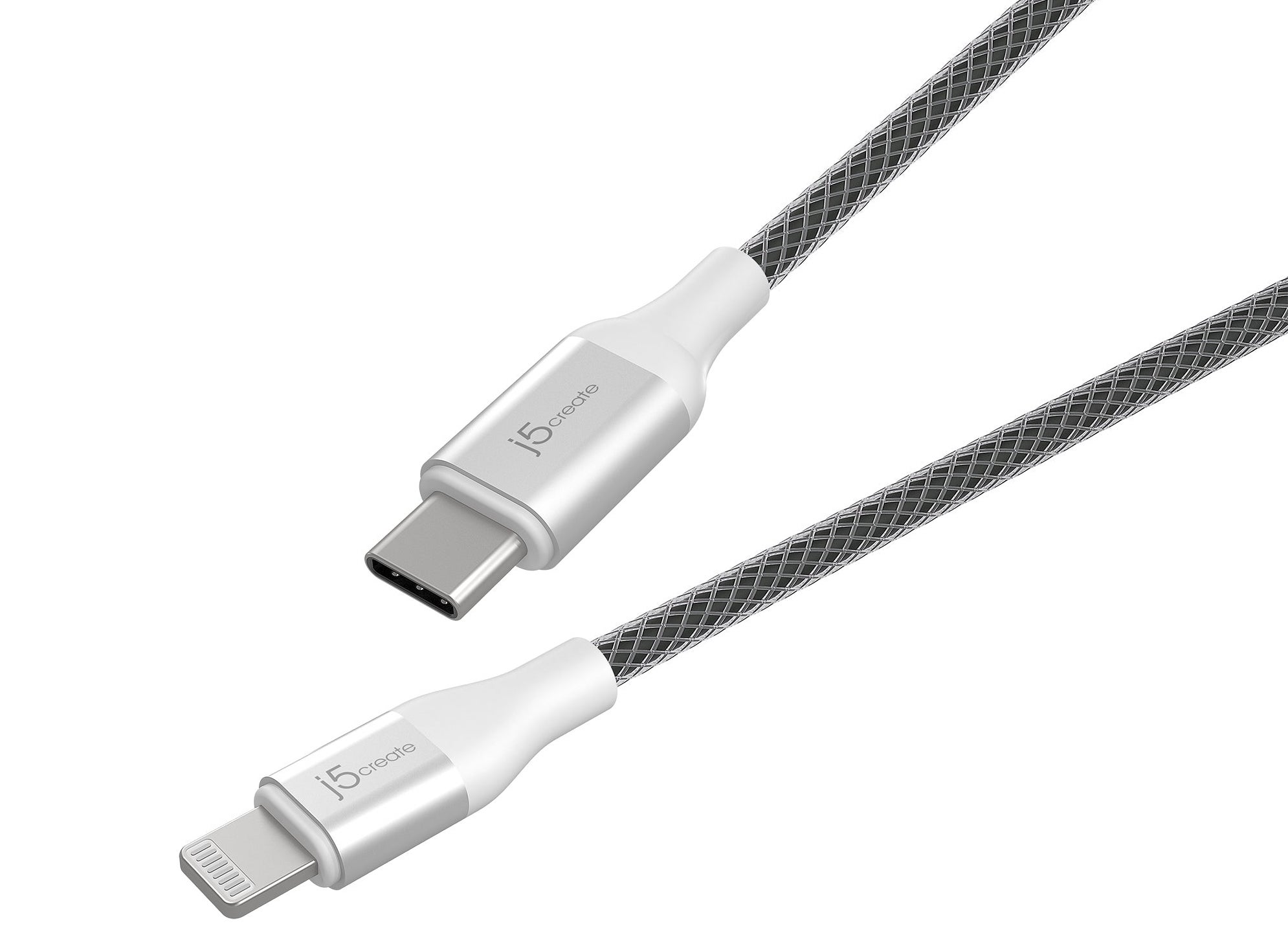
j5create JLC15 USB-C to Lightning
This is a simple smartphone charging/data transfer cable done right. The JLC15 is an MFi-Certified (Made for iPhone) USB-C to the Lightning charger with aluminum housings at the ends of the cable for some added heft and durability. The heavier the component, especially at such a small size, the more premium it feels. The aluminum housing is connected to the ever-so-durable PET braided wire cable with rubber for the flexibility that the ends of charging cables needed. The 120cm cable is capable of syncing data at up to 480Mbps as well as providing fast charging capabilities with a wide range of power bricks.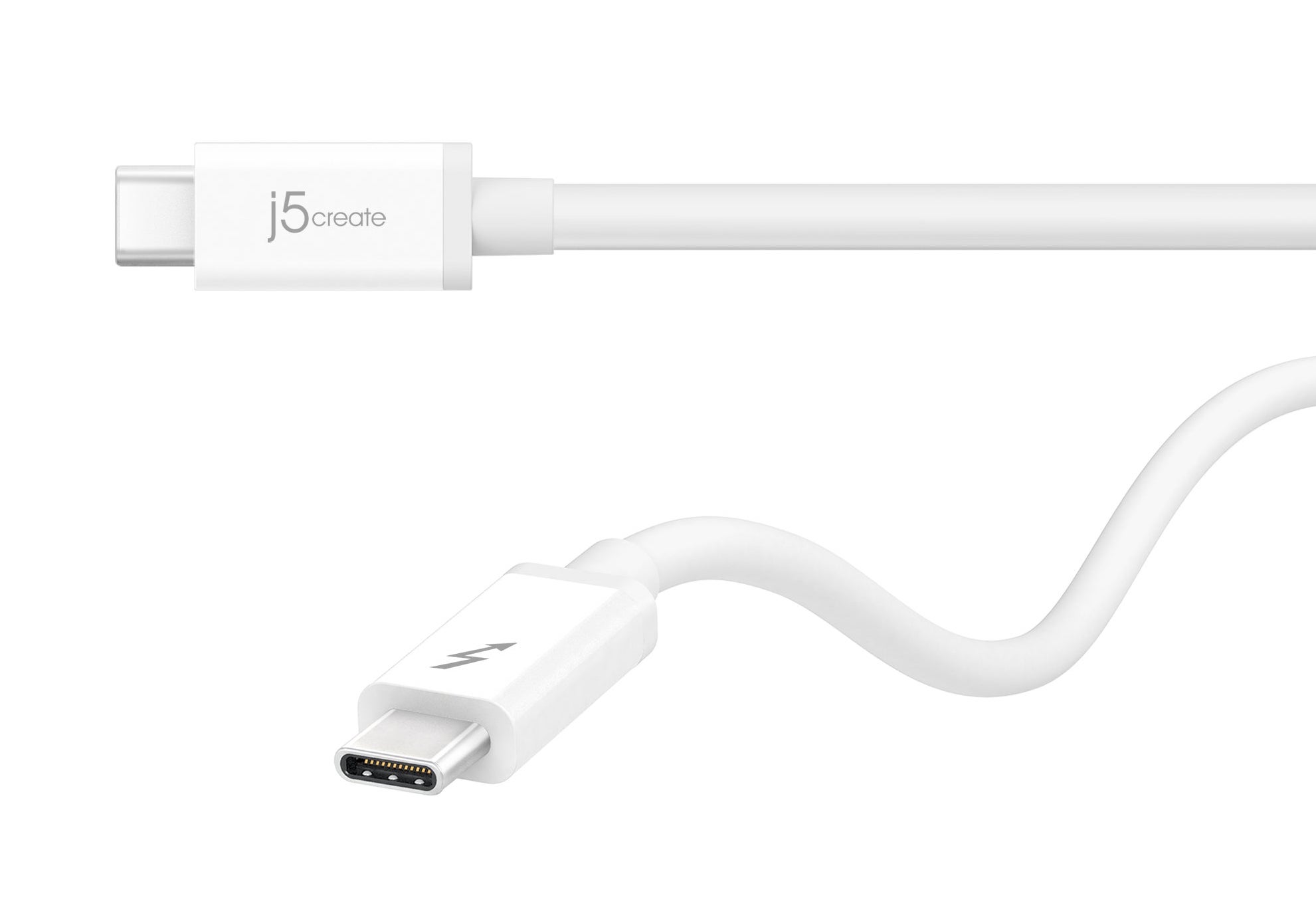
j5create JTCX02 3.3’ Thunderbolt 3 cable
Thunderbolt is as about as good of a standard as a USB can get, especially when it comes to video (beaten only by DisplayPort 2.0 and HDMI 2.1). Having a Thunderbolt 3 certified cable means that you can get a resolution of up to 4K @60hz and 2K @120hz. A Thunderbolt USB cable type such as the JTCX02 also can also be connected to DisplayPort (using an adapter), USB peripherals such as an external SSD/HDD, and also PCIe cards. The thick and durable cable can transfer data at a rate of up 20Gbps, and it can also push 100W of power through as it also supports the USB Power Delivery standard. It is also compatible with other USB standards such as 3.1 Gen 2 with 10Gbps, 3.1 Gen 1 for 5Gbps, and 2.0 with 480Mbps of transfer speed. You should verify that your laptop has a Thunderbolt 3 certified USB-C port before looking at this cable but if you do have one, and your display is relatively modern and has either a Thunderbolt input (ideally) or a Display Port input (with an adapter) you should consider the JTCX02 as a high-quality Thunderbolt 3 cable with a reasonable price from a reputable brand whose bread and butter is cables and adapters.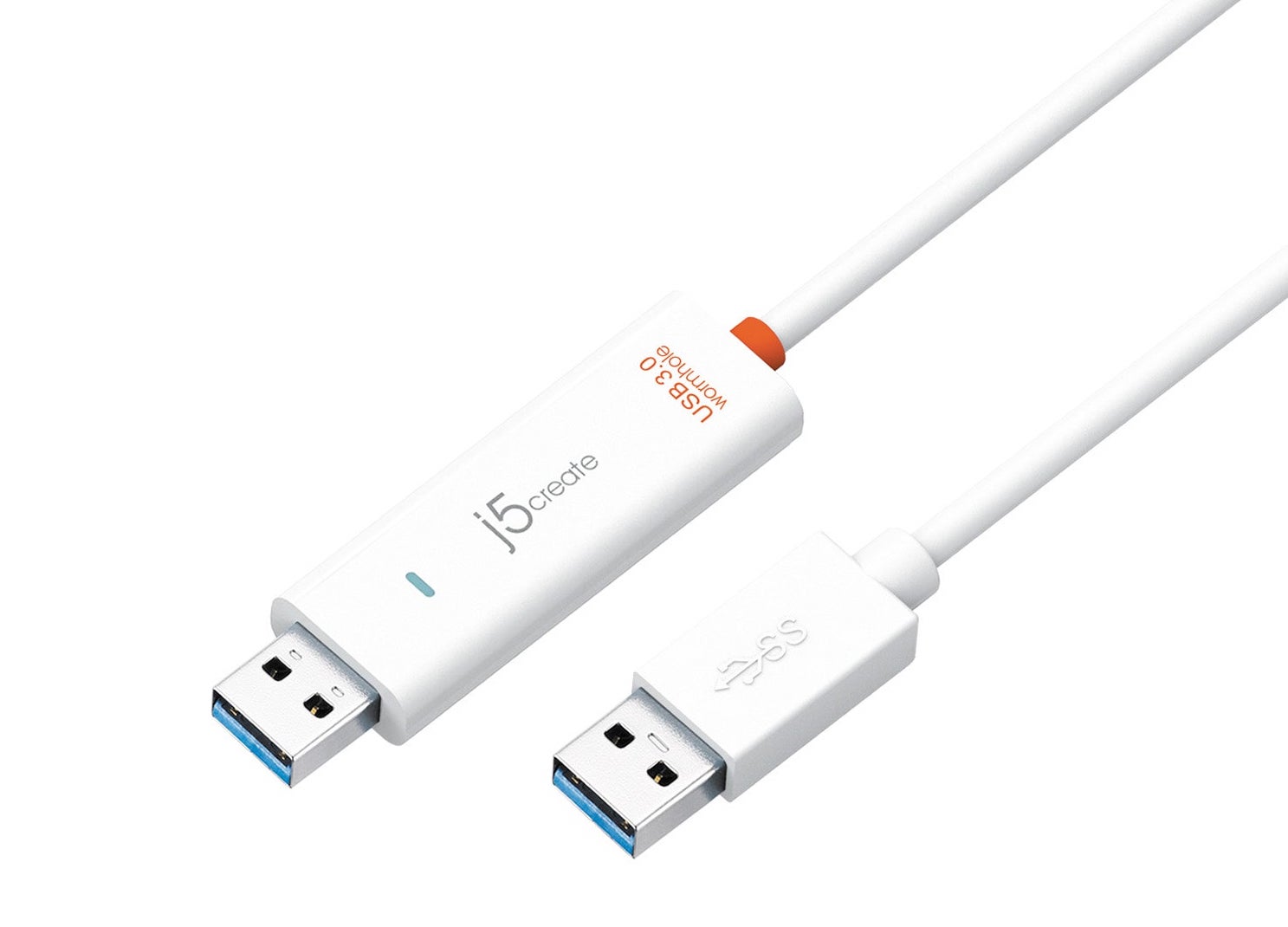
j5create JUC500 Wormhole Switch
This is a unique one! If you’ve ever wanted to copy and paste files between two computers easily and even use the same keyboard and mouse for both, you probably looked at a KVM switch. You also probably stopped looking at KVM switches when you saw how much they cost. Well, you can rest easy in knowing that you don’t actually need a KVM switch to do those.
You can use this j5Create Wormhole Switch cable to connect both USB-A ends to your two computers and start using the trackpad and keyboard of one or the other to control transfer files and text between them, even using drag & drop. You just move your mouse cursor to the edge of the display, and now you’re controlling the other computer. This cable offers the USB 3.0 standard with a transfer rate of up to 5Gbps. You get all of these features for a fraction of the price of a KVM switch.
Note that while KVM switches often give you video output switching functionality as well, the JUC500 does not transfer video streams or sounds.
Interested in learning more about j5Create products?
As an official j5Create distributor within the Middle East and North African region, Newcom offers a wide range of j5Create products, including the j5Create USB cable types mentioned in this article.
If you are interested in any of the products discussed in this article, please make sure to check out our products page. For further information or any inquiries, make sure to directly call us or reach out through our contact us page.
To make sure you are the first to find out about the latest j5Create releases in the region, be sure to frequently check out our blog posts.
